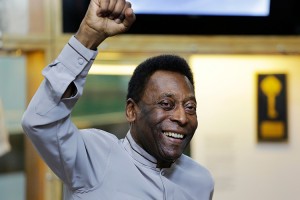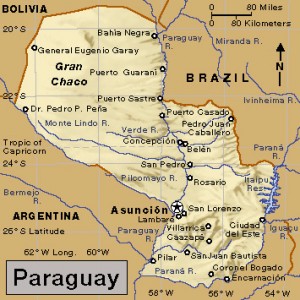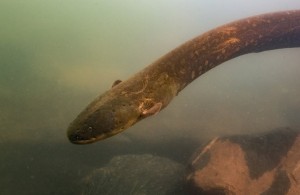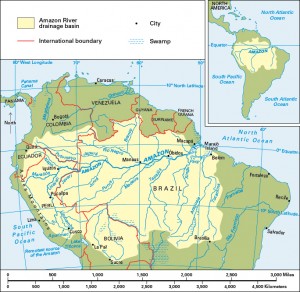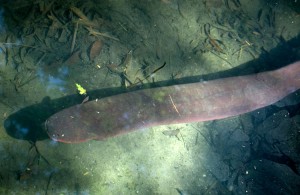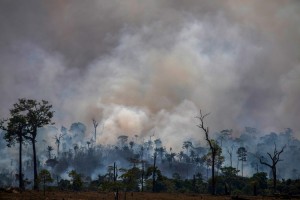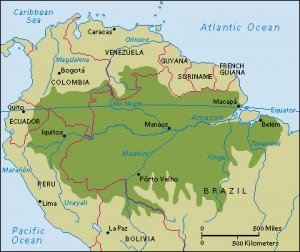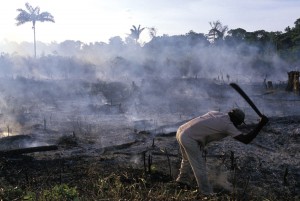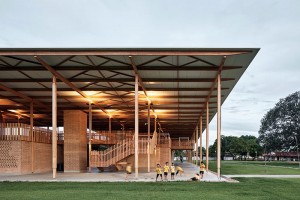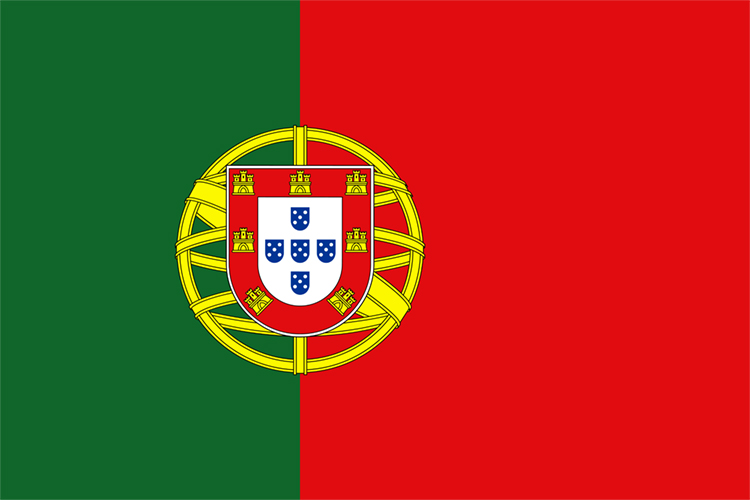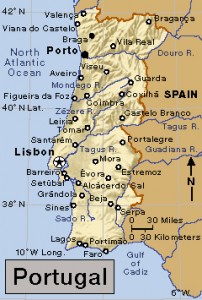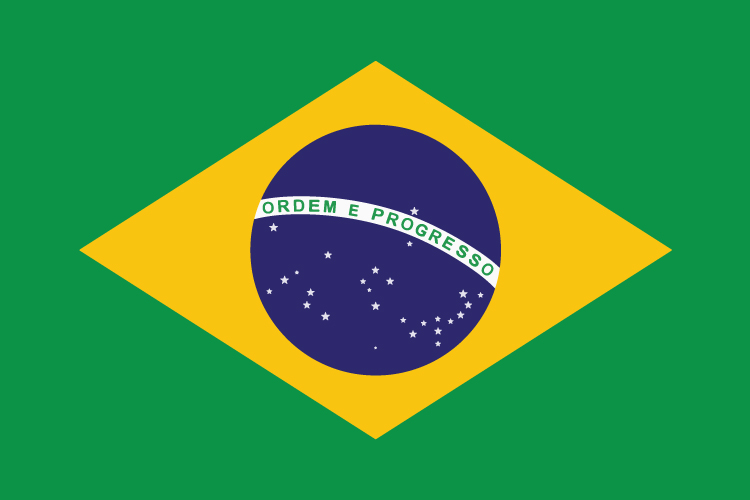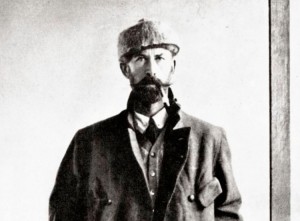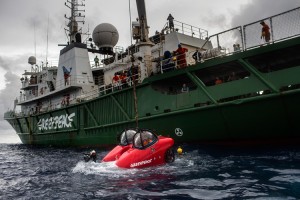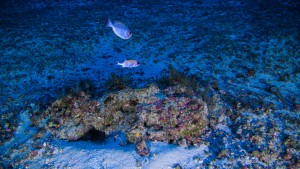Remembering Pelé
Thursday, January 5th, 2023World-renowned soccer star, Pelé passed away in São Paulo, Brazil, on Thursday, December 29th. Despite retiring in 1974, Pelé still held world records for the sport. Pelé a Brazilian athlete, won fame as the greatest soccer player of his time and the most recognized athlete in world sports.
A forward, Pelé electrified crowds with his daring dribbling, perfect passing, and accurate shooting. He holds every major scoring record in Brazil, and scored 1,281 goals in 1,363 games during his professional career. Pelé is the only professional soccer player to score 1,000 goals in a career.

Pelé, a Brazilian athlete, won fame as the greatest soccer player of his time and became one of the most recognized athletes in the world. A forward, Pelé thrilled crowds with his daring dribbling, perfect passing, and accurate shooting.
Credit: © AFP/Getty Images
Pelé was born on Oct. 23, 1940, in Tres Coracoes, Brazil. His real name is Edson Arantes do Nascimento. Pelé joined the Santos (Brazil) Football Club in 1956 and led Santos to world club titles in 1962 and 1963. He is the only soccer player to have played on three world championship teams, leading the Brazilian national team to World Cup championships in 1958, 1962, and 1970. Pelé is the only player in the world who has won three World Cup championships.
In the 1958 World Cup, Pelé was 17 years old. He scored six goals in the tournament, including two in the final to defeat Sweden. His skill landed Brazil their first of five World Cups.
Pelé retired as a player in 1974 but returned to competition in 1975 with the New York Cosmos of the North American Soccer League (N.A.S.L.). Pelé retired again after leading the Cosmos to the N.A.S.L. championship in 1977. He is known for popularizing soccer in the United States. He wrote a children’s book about his life in soccer, For the Love of Soccer! (2010).

